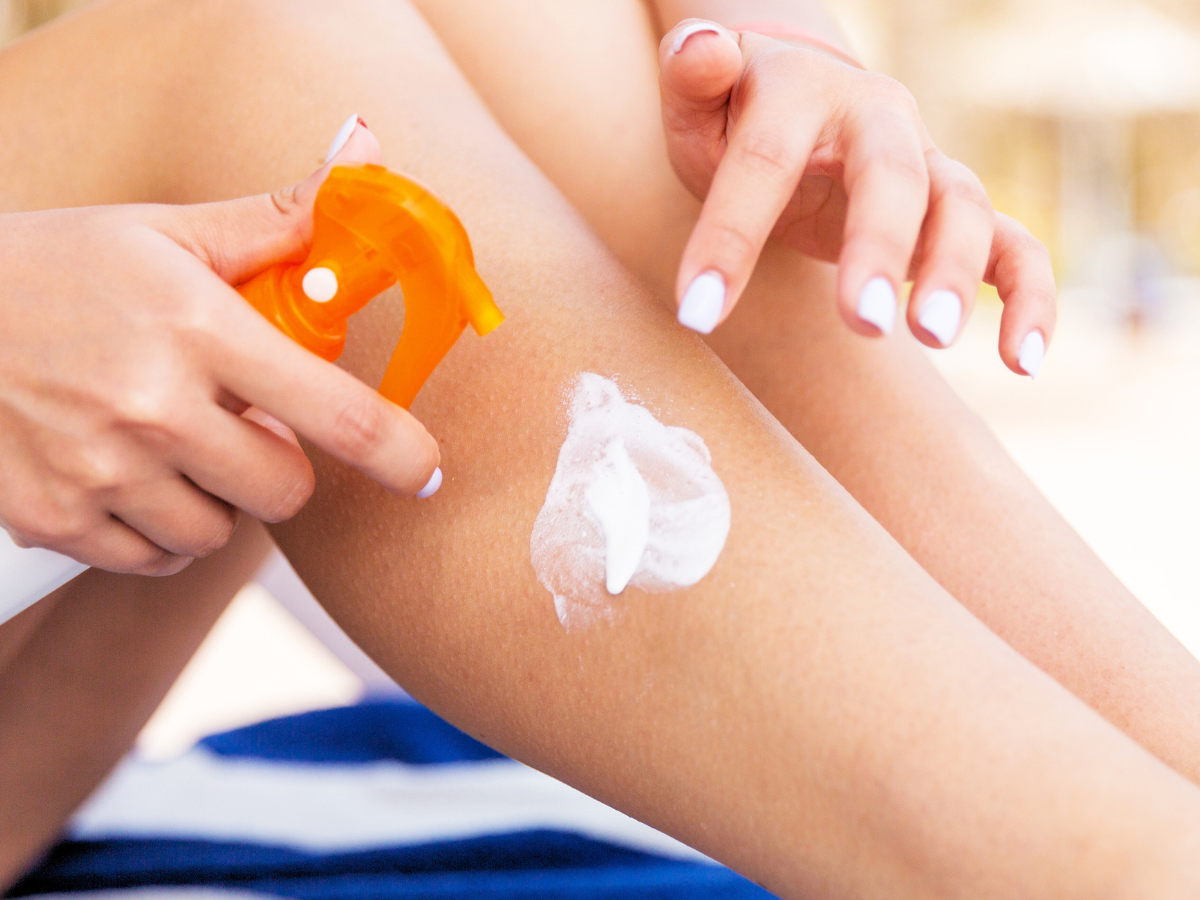How is Benzophenone-4 regulated?
Also known as ‘2- 27 Hydroxy-4-methoxybenzophenone-5-sulphonic acid’ (CAS No. 4065-45-6, EC No. 223-772-2), Benzophenone-4 is currently regulated in the European Cosmetics Regulation No. 1223/2009.
Benzophenone-4, a UV filter in cosmetics.
This compound absorbs UV light, protecting against both UVB and UVA radiation. Several cosmetic products also use it as a UV stabiliser and absorber.
Sunscreen with Benzophenone-4:
The first evaluation concerning the safety of Benzophenone-4 was made by the Scientific Committee on Cosmetic Products and Non-Food Products (SCCNFP) in 1999. The committee concluded, at the time, that this compound could be used safely in cosmetic sunscreen formulations, as long as the maximum concentration remained at 5%, with no additional restrictions.
More recently, in 2019, the European Commission asked the industry to provide data on a list of substances in cosmetics that might have endocrine-disrupting (ED) properties, including Benzophenone-4. In response, the industry submitted scientific evidence supporting the safety of Benzophenone-4 as a UV filter in cosmetic products.
The European Commission then asked the SCCS to conduct a safety assessment on Benzophenone-4 based on the information provided.
Regulatory status of Benzophenone-4
After a comprehensive review, the SCCS released its Final Opinion. The committee confirmed that Benzophenone-4 is safe as a UV filter in the following products, up to a maximum concentration of 5%:
- Sunscreens
- Face and hand cream
- All leave-on and rinse-off products (total dermal aggregate)
- Lipstick
- Sunscreen propellant spray and pump spray, when used separately or in combination (based on deterministic aggregated exposure).
Additionally, any other use of Benzophenone-4, such as a stabilizer for protecting cosmetic formulations from light exposure, must also comply with the 5% concentration limit to prevent consumers from being exposed to excessive amounts of the compound.
Note: The SCCS assessment did not cover the environmental impact of Benzophenone-4.
Do you need help with your cosmetic products compliance?
Don’t leave it to chance; contact us today to learn how we can assist in streamlining your regulatory affairs and safeguarding your business’s future.














